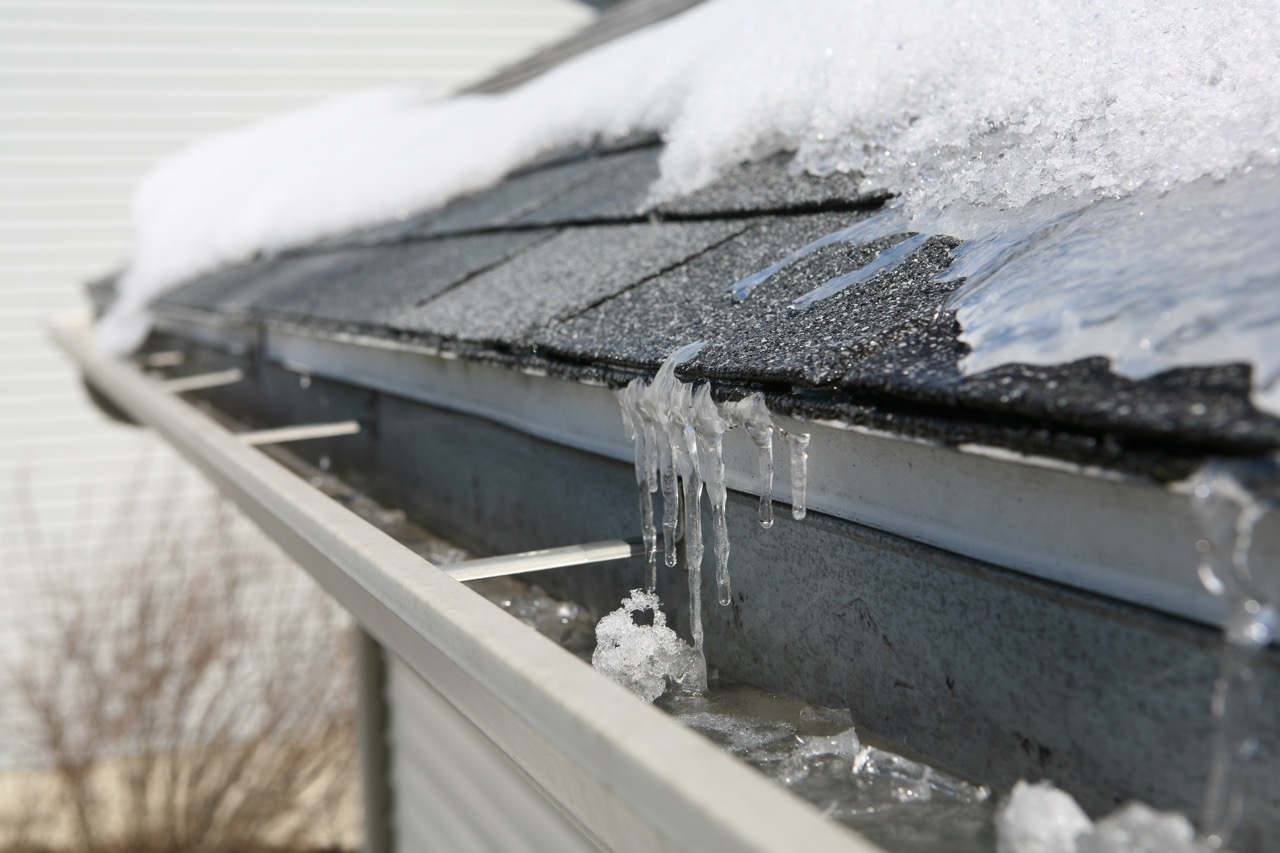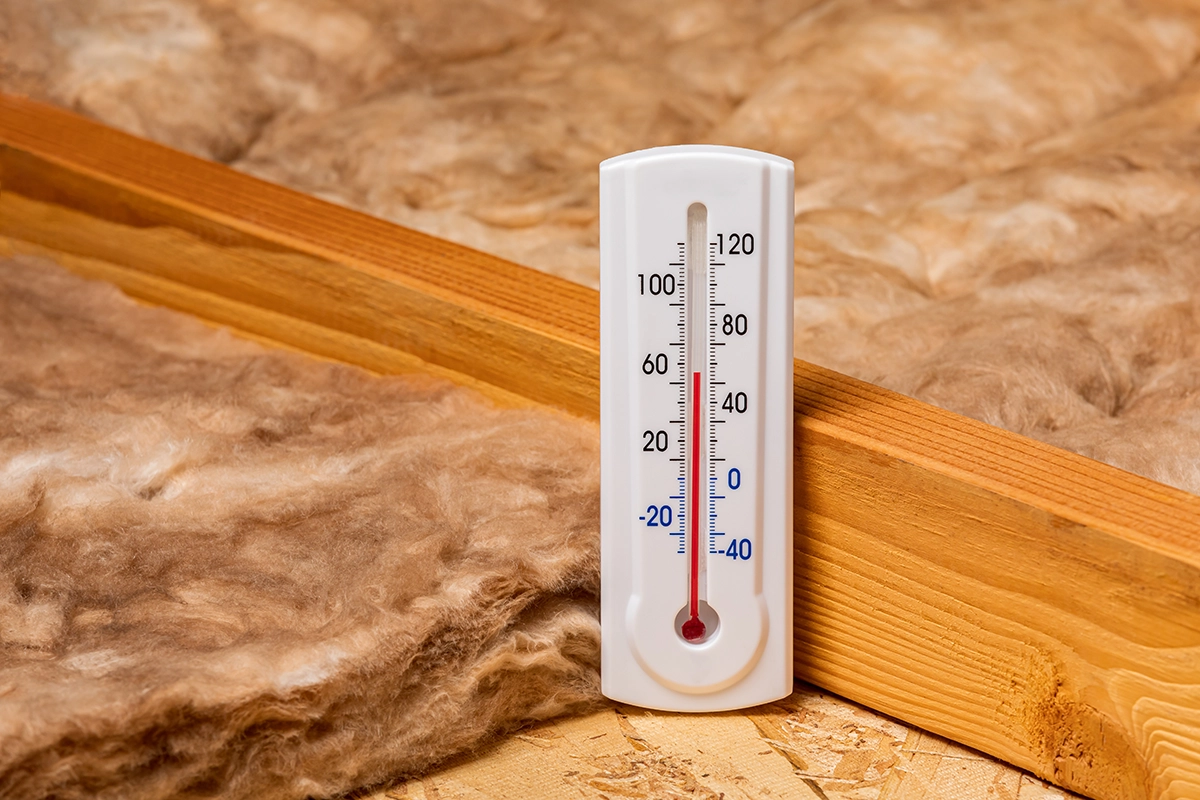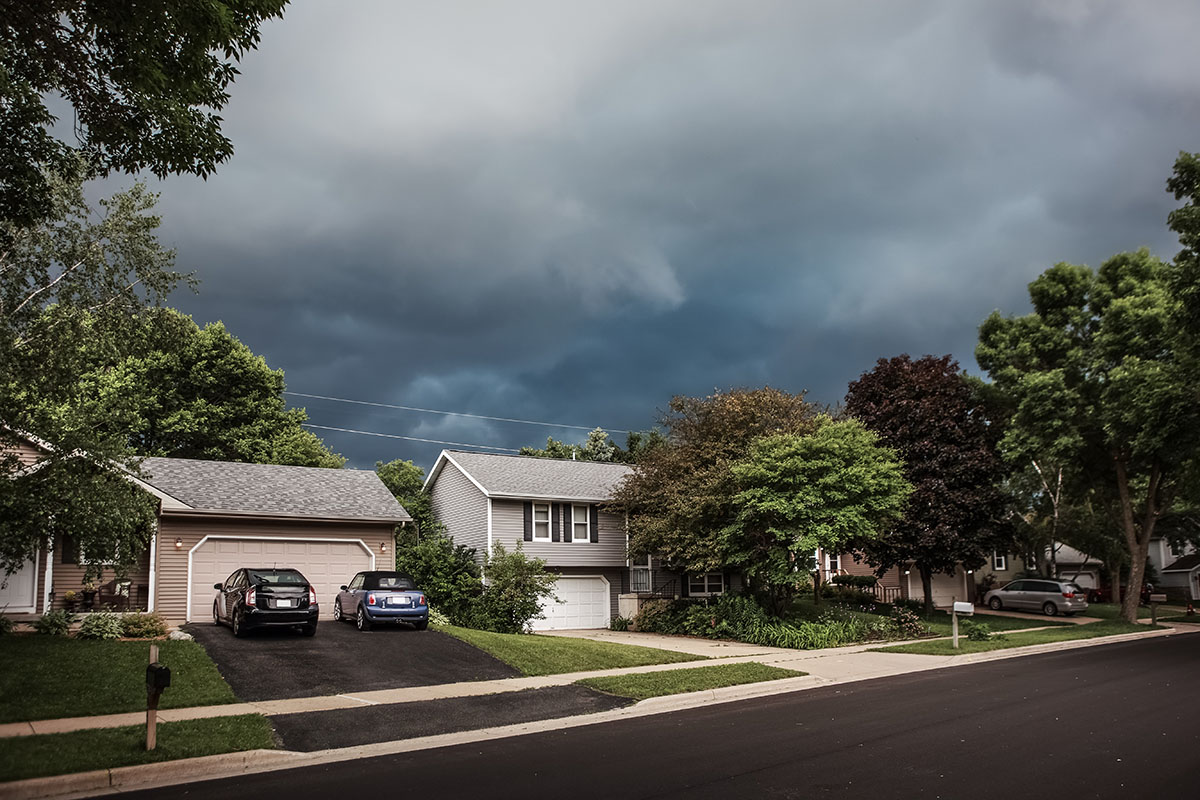Summary
Common Causes of Siding Water Leaks
There are many reasons why vinyl siding water leaks occur, from poor installation to old age. Some of the most common reasons include:
Natural Wear and Tear
Vinyl siding typically boasts a 20-40 year lifespan, depending on the weather conditions in your neighborhood. As your siding approaches the twenty year mark, you may begin to notice cracks and/or other forms of wear and tear starting to develop due to exposure to the sun or damage from harsh weather conditions. These breaches will allow any moisture that drips down your siding to enter underneath your siding. If your siding is twenty years or older, it may be a good idea to go around your home to see if there are any cracks, dents, and other forms of damage.
Siding Joints are Too Large
Experienced contractors can make siding look seamless, but the truth is that multiple panels of siding are connected together to form the protective barrier. These “joints” are usually very slim to prevent unwanted moisture from entering the space underneath your siding. Whether due to poor installation or frequent expansion and contraction, the siding joints may begin to grow in size, creating larger gaps for water to enter. If you live in an area that sees a wide range of changing temperatures throughout the year, the frequent expansion and contraction of vinyl may expedite this issue.
Faulty Caulking Around Doors and Windows
It can be fairly difficult to install windows and doors around existing siding. Installation professionals need to align everything just right to ensure the window/door and the surrounding siding work together to protect your home from the elements. There are times, however, when the caulking around the window or door starts to crack and fail, providing moisture an access point to your home. This may lead to vinyl siding leaking around windows. In some cases, you may begin to notice condensation building up around your windows when the temperatures drop in your neighborhood.
Blocked Gutters
Your gutter system is designed to do one job: transport precipitation from your roof away from your home. As a result, your gutters prevent excess water from running down your home’s siding. If your gutters are blocked by debris like leaves or twigs, however, water may start to overflow from your gutters. This exposes vinyl siding too far more water than it should, and it wouldn’t be surprising if some of that excess water finds its way into the space beneath your siding.
Quick Fixes for Leaking Siding
Regardless of the cause of your leaky siding, you’ll need to have the issue repaired as soon as possible. When left ignored for too long, the moisture seeping through will start to encourage the growth of molds on the foam board insulation sheets between your home’s walls. Mold growth is a health risk, especially for asthmatics and the elderly.
In some cases, you may not be able to set an immediate appointment with a contractor. If this happens, you may want to apply a quick fix to prevent more moisture from wreaking havoc in your home:
For cracks and gaps
If you find any cracks or gaps forming on or around your vinyl siding, you can try to remedy the issue with tri-polymer caulk. This is a very quick fix for smaller cracks and gaps. If the breach is quite large, as may be the case with wide siding joints, you can opt to use vinyl-appropriate putty to plug up the crack or gap. Before you apply any caulk or putty, make sure you fully dry the area inside the crack. Trapping moisture may lead to the growth of molds underneath your siding.
For loose siding
Gently run a siding removal tool along the loose end of the siding until you reach the point where the siding is still firmly attached to your exterior wall. From this point, you’ll want to hook the bottom side of the siding with the removal tool’s small hook. Once the hook is in place, press the section down with your free hand. Slowly glide the siding down the loose sections while pressing down with your free hand. This should snap the siding back into its proper place until an experienced siding contractor arrives and inspects the condition your home’s exterior.
Take note that these two quick fixes are only a temporary measure to help protect your home from further damage. You’ll want to set an appointment with a respected exterior contractor, like Muller Exteriors, to have the condition of your siding inspected as there may be more damage than you initially thought..
SOURCES:
https://www.doityourself.com/stry/how-to-fix-leaky-siding
https://inspectapedia.com/exterior/Siding_Leaks.php







